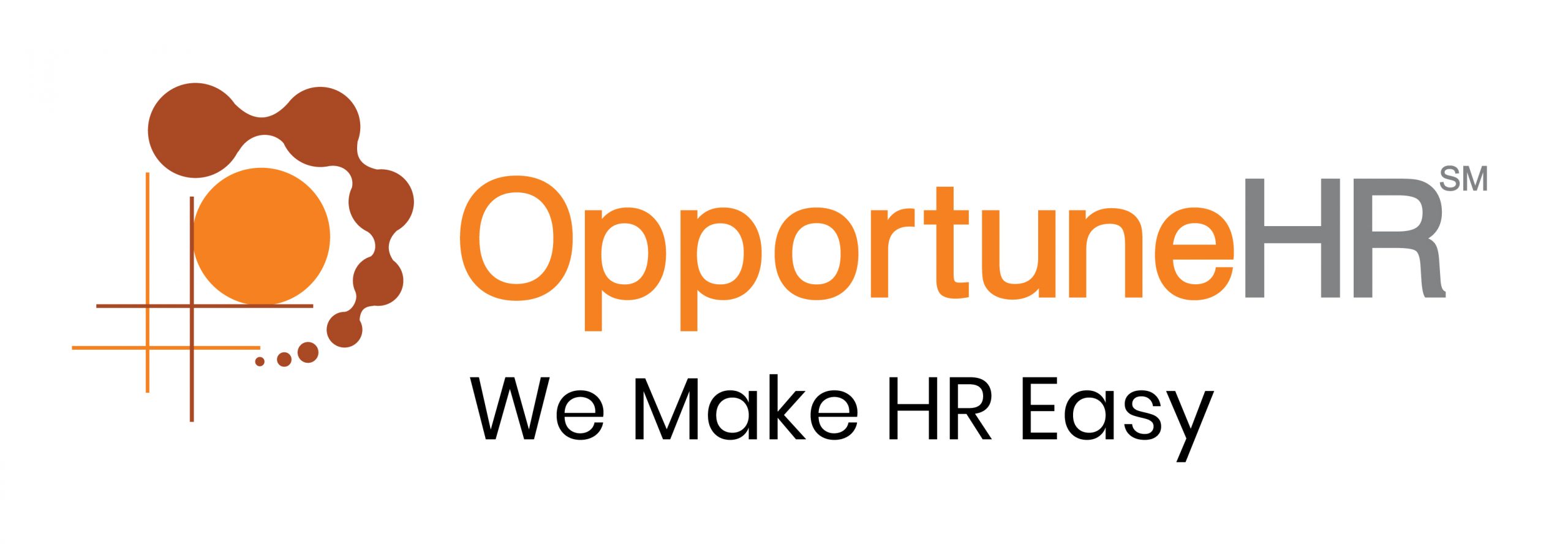
Discover Why OpportuneHR is the best HRMS Software in India! Schedule a Demo OR Call us @ +91 7700-954949

Fix an Appointment
Download PDF
HR processes
HR Processes
HR processes are a set of systematic steps that HR teams follow to manage the company’s employees. All activities, from hiring to an employee’s Full and Final settlement, are carried out in accordance with these procedures.
These processes help the company run smoothly, and make sure everyone is treated fairly. It also makes sure the company follows all the rules and laws related to employees.
HR processes ensure efficiency, consistency and compliance in organisations. And improves transparency and employee experience.
In short, the HR processes are a must for professional HR!
Joining process
The joining process in HR typically refers to the steps taken to onboard a new employee into an organisation.
The process involves finalizing paperwork such as contracts and agreements, setting up payroll and benefits, providing orientation and training, introducing the new hire to their team and colleagues, and ensuring they have all the necessary equipment and resources for their role.
Effective onboarding is important not only for creating a positive first impression for the new employee but also for reducing turnover and increasing productivity in the long term.
Transfer process
The transfer process in HR refers to the steps taken when an employee is moved from one position or department to another within the same organisation.
The process involves identifying suitable opportunities for the employee, assessing their qualifications and experience, communicating with relevant managers and stakeholders, and managing any necessary paperwork or administrative tasks.
Probation to Confirmation
Probation to confirmation is a process in HR where an employee who has been hired on a probationary basis is evaluated, whether they meet the requirements of the job and are a good fit for the organisation.
Depending on the policies of the organisation, this evaluation period can last anywhere from several weeks to several months. During this time, the employee’s performance and behavior are closely monitored, and they may receive ongoing feedback and support.
If the employee successfully completes the probationary period, they may be confirmed as a permanent member of staff with all rights and benefits that come with it.
However, if their performance during probation is unsatisfactory or doesn’t meet expectations, their employment may be terminated at the end of this period.
The process of moving from probation to confirmation is an important step for both employees and employers in establishing productive working relationships based on mutual trust and respect.
Performance Review Process
The performance review process in HR is an assessment of an employee’s job performance over a specific period of time.
Typically, this involves setting up a meeting between the employee and their manager to discuss the employee’s strengths, weaknesses, and areas for improvement. The process may include evaluating the employee’s achievements against their goals and objectives, providing feedback on their performance, identifying any skill gaps or training needs, and discussing career development opportunities.
Performance reviews are important for both employees and employers as they provide a structured way to measure progress toward organisational goals, ensure that employees are meeting expectations and making meaningful contributions to the organisation.
They can also help identify areas where additional support or resources are needed to optimize performance. Successful performance reviews require clear communication between managers and employees, ongoing feedback throughout the year, and follow-up plans based on the results of the review.
Exit process
The exit process in HR refers to the steps taken when an employee is leaving an organisation, either voluntarily or involuntarily.
The process may include conducting exit interviews to gather feedback on the employee’s reasons for leaving. It also ensures that all company property (e.g., laptops, keys) is returned. And finalizing of any outstanding paperwork such as benefits or compensation. HR can provide information about benefits continuation options.
Exit processes can vary depending on the reasons for the employee’s departure and organisational policies. They are important to ensure a smooth transition and maintain good relationships between departing employees and their former employers. Additionally, exits can provide valuable insights into organisational strengths and weaknesses that can inform future recruitment and retention strategies.
To perform employer verification, employers may reach out to previous supervisors or HR departments to obtain information about the candidate. Here are some steps typically followed during this process:
Checklist of Processes
Here are some HR processes that organisations may have, along with a brief description of each:
- Recruitment and Selection – process of attracting, interviewing, and selecting the best-qualified candidate for a job vacancy.
- Onboarding – process of integrating new employees into the organisation and familiarizing them with its policies, procedures, culture, and expectations.
- Performance Management – process of setting performance expectations, monitoring progress towards goals, providing feedback on performance, and identifying opportunities for improvement.
- Training and Development – process of identifying skill gaps and providing training programs to help employees develop their skills and knowledge.
- Compensation and Benefits – process of determining pay structures and benefit packages that align with market trends while meeting organisational needs.
- Employee Relations – process of managing relationships between employers and employees to ensure that both parties are treated fairly and respectfully.
- Compliance Management – process of ensuring compliance with legal requirements related to employment practices such as labor laws.
- Exit Management – process of managing the departure of an employee from an organisation in a way that ensures their transition is smooth.
These processes are interdependent in many cases, as changes in one can impact others significantly; hence organisations keep a checklist for each to maintain consistency in their implementation across all departments.
TAT for each process completion
- Recruitment and Selection – TAT for screening job applications may take between 2-4 weeks; scheduling interviews can take another week, conducting assessments may take 1-2 weeks, and finalizing an offer can be done within a week.
- Onboarding – This process typically takes 1-2 months to ensure that new employees receive all necessary training, documentation is completed, and they become familiar with their roles.
- Performance Management – TAT will depend on the frequency of performance reviews in your organisation but generally checks are conducted annually or semi-annually.
- Training and Development – TAT will depend on the nature of training required but it usually takes several days up to a few weeks or even months if it is an extensive training program.
- Compensation and Benefits – This process is usually done annually or bi-annually depending on organisational policies, market trends, budget cycles and stakeholder agreements.
- Employee Relations – TAT varies based on the complexity of the issue being addressed, but prompt resolution is important to avoid any negative impact on employee morale.
- Compliance Management – This requires constant monitoring as employment laws are subject to change; hence compliance management should be an ongoing process.
- Exit Management – This process should be initiated upon receiving a resignation letter from employees with a minimum notice period as per organisational policy.



